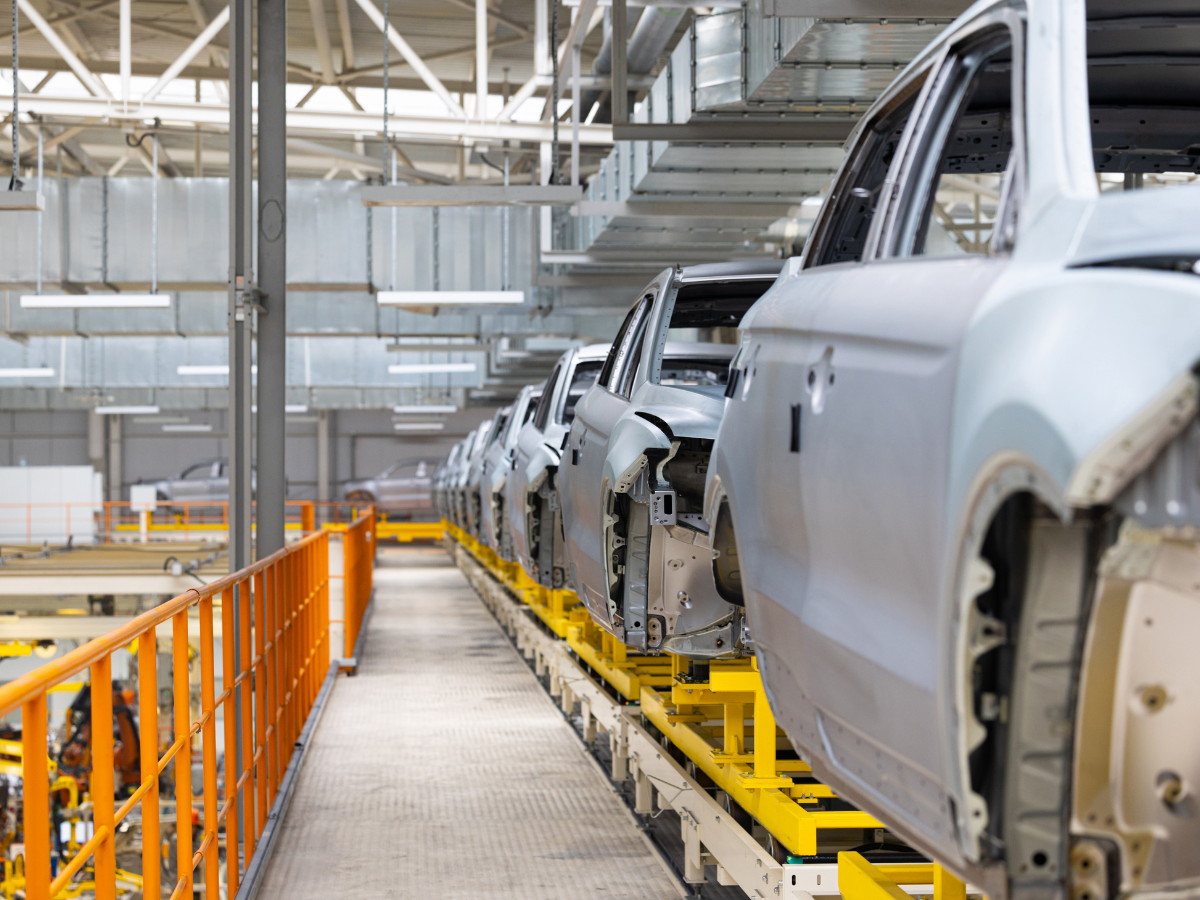An increase in value of sales of components sold to automakers, aided by the shift in consumer preference to larger, more powerful vehicles across segments helped drive up revenues by 6.5% till September FY24, shows data available with industry body Automotive Component Manufacturers Association (ACMA). Auto component makers had reported turnover of $ 33.9 billion in the corresponding period of the last financial year.
The share of utility vehicles in total sales of passenger vehicles in the Indian market grew to 57% in the first half of the current fiscal, from 49% in H1 FY23. In the commercial vehicle segment, the contribution of medium and heavy duty trucks and buses (MHCVs) inched up to 35% from 34% in the period under consideration. Ditto, two-wheelers where sales of motorcycles with engine capacity of 200-250 cc rose by 70%.
To be sure, given higher sales volumes, the regulatory shift to higher emission and safety standards and the demand for feature-rich vehicles import of auto components into the country increased by 3.6% to $ 10.6 billion. However, despite global uncertainties auto parts makers were able to scale up exports by 2.7% to $ 10.4 billion, which helped reduced the trade deficit to $ 200 million.
Shradha Suri Marwah, President, ACMA, said, “We had set out a roadmap to deepen localisation levels in the country a couple of years back. And have since been investing heavily in bettering our capabilities. We expect imports to come down as progressively value-addition goes up.”
The auto component industry, in fact, is looking at investing around $ 6.5-7 billion over the next five years on capacity expansion and technology upgradation, with the demand expected to remain robust over the period. Auto component makers have invested $ 3.5-4 billion in the past five years.”Going forward, considering the festive season has gone well with significant sales across most segments of the vehicle industry, I am optimistic that the current fiscal year will witness another good performance from the auto components sector,” Marwah added.With vehicle sales across all segments reaching pre-pandemic levels and with mitigation of supply-side issues witnessed during the pandemic such as availability of semiconductors, high input raw-material costs and non-availability of containers, the auto components sector witnessed a steady growth in both domestic and the international markets in the first-half of FY2023-24, she said.


